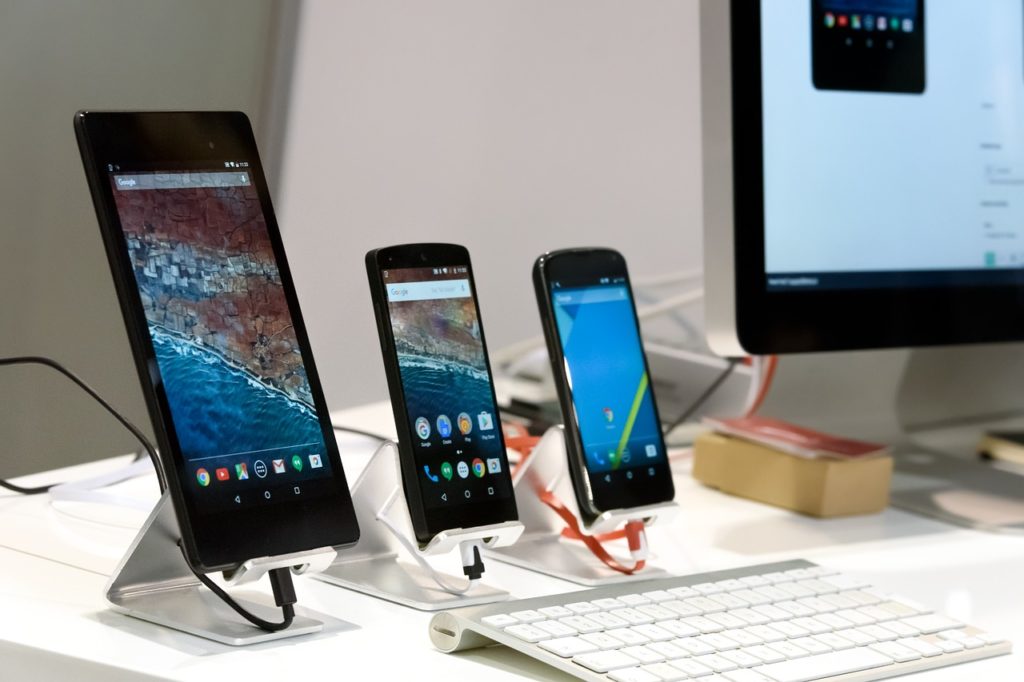You already know that you can use your smartphone to undertake almost any task imaginable, ranging from booking a plane ticket to editing a video to monitoring chronic health issues. But did you know that you can also use your smartphone to contribute to important scientific research?
All over the world, more scientists are taking advantage of the smartphone’s incredible potential as a tool for “citizen science”: the term used to describe collaboration between scientists and members of the general public in which basic, but essential tasks such as data collection and analysis are crowdsourced to amateur volunteers. The concept of citizen science has been around for a while, and it’s easy to understand why it’s a popular approach to scientific research. Scientists benefit from the ability to gather far more data than they would with their own small research teams, while ordinary citizens get a chance to witness scientific research firsthand and make important contributions to innovation.

However, while the concept of citizen science has been around for a while, smartphones have completely transformed both the scope and quality of volunteers’ participation. Today, hundreds of millions of people around the globe are walking around with a camera, microphone, accelerometer, and pressure gauge—among other tools—in their purse or pocket. When those handy sensors are combined with specially designed, user-friendly apps, the general public is able to collect and contribute a huge volume of high-caliber scientific data in ways that simply weren’t possible before. Therefore, it’s hardly surprising that a rapidly growing number of researchers are rushing to take advantage of that fact by creating new apps specifically for their studies and promoting their research projects on social media.
Are you curious about how to use your smartphone to become a citizen scientist? Following are some amazing projects that could use your support.
Bird population tracking
The largest biodiversity-related citizen science project in the world, eBird transforms everyday bird sightings into scientific data. Launched by the Cornell Lab of Ornithology and the National Audubon Society, eBird and its associated app, eBird Mobile, allow users to enter bird sightings and lists, photos, and sounds into a massive online database that is used by biologists, ornithologists, land managers, conservationists, educators, and policy makers, as well as amateur birders themselves. The observations help researchers and scientists to track important patterns in avian distribution, abundance, habitat use, and biodiversity trends. The information in turn influences hundreds of important conservation decisions and informs critical peer-reviewed papers. Each year, more than 100 million bird sightings are recorded by eBirders worldwide.
Meteoroid mapping
If you’ve ever wanted to contribute to authentic NASA research, now is your chance: NASA’s Meteor Counter app for iOS allows participants to help NASA scientists discover new meteor showers, identify and pinpoint streams of comet debris, and map meteoroid distribution around Earth’s orbit. All you need to do is to take your smartphone along whenever you go stargazing. If you spot a shooting star, you can use the app’s intuitive piano key-style interface to quickly record its estimated brightness (other important details like the time you saw the meteor, its magnitude, and your location are captured routinely with each keytap). The data is then automatically uploaded to NASA, where researchers can use it in their analyses. If you have no idea where to go to find meteors in the first place, the app can help with that, too. Meteor Counter features a news feed and event calendar (updated by astronomers) that can send you an alert when a meteor shower is coming to your area.

Eavesdropping on bats
Launched by the Zoological Society of London’s Institute of Zoology and the UK-based Bat Conservation Trust, the Indicator Bats Program—which goes by the catchy name of iBats—started in 2006 in Romania and Bulgaria, but it has since exploded in popularity and expanded all over the world. iBats is dedicated to more effectively identifying and monitoring global bat populations by “eavesdropping” on the ultrasonic echo-location calls that bats use to navigate and hunt. While the human ear on its own can’t typically hear these high-pitched sounds, an ultrasonic microphone plugged into a smartphone can. When the calls are transmitted to the iBats app, key information is extracted so that the species can be identified. The data compiled allows researchers to track important changes in abundance or species distribution. Interestingly, because of their specific ecological requirements and high degree of sensitivity to environmental changes, bats are what are known as a “biodiversity indicator species,” which means that iBats data has broader implications beyond bat conservation.
Counting roadkill
While it may not be a pleasant job, it’s a useful one: Counting dead mammals found on the roadside helps to provide UK researchers with the aptly named Mammals on Roads project (operated by the Peoples Trust for Endangered Species) with a better idea of population and distribution trends among key species. Through the Mammals on Roads app, you can easily log your route and record which animals you’ve seen at which points on your journey. The collected data helps to create countrywide distribution maps. Launched in 2001, the project has already witnessed several important successes. For example, citizen scientists and animal watchers spotted a significant decline in hedgehog numbers that led to the creation of a number of hedgehog-focused tracking and conservation initiatives.

